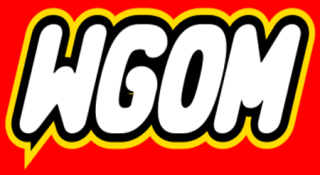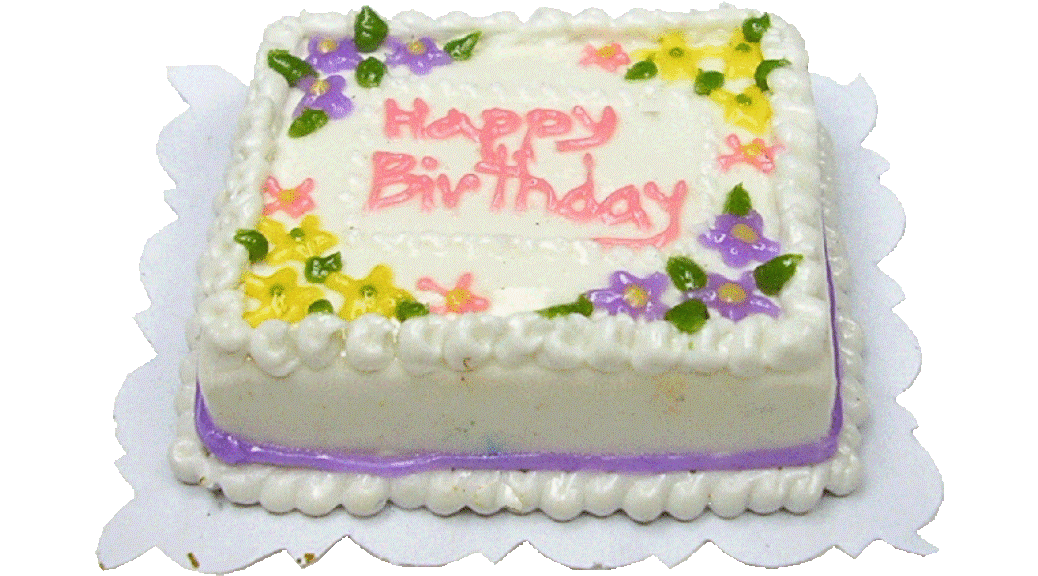Tommy McCarthy (1863)
Jack Clements (1864)
Joe Schultz (1893)
Cotton Nash (1942)
Mike Port (1945)
Shigeru Takada (1945)
Mike Adams (1948)
Jerry Augustine (1952)
Barry Bonds (1964)
Joe Oliver (1965)
Jim Wolf (1969)
Shawn Wooten (1974)
Brent Stentz (1975)
Outfielder Joe Schultz, who played in parts of eleven major league seasons, is the father of the Joe Schultz made famous by Jim Bouton in Ball Four. He is also a cousin to big-leaguers Hanz and Frank Lobert.
Mike Port is a long-time major league baseball executive, serving as the general manager of the California Angels from 1984-1991.
Shigeru Takada was a star in Japan from 1968-1980. He also was a manager, general manager, and television commentator.
Jim Wolf has been a major league umpire since 1999.
Pitcher Brent Stentz did not play in the majors, but was in the Twins’ minor league system from 1997-2001. In 1998, he set an Eastern League record with 43 saves.
First baseman Charles Francis ”Cotton” Nash had 13 at-bats for the Twins from 1969-1970. A tall man (6’6″), he was born in Jersey City, went to high school in Port Charles, Louisiana, and attended the University of Kentucky, where he starred in basketball as well as baseball. He was nicknamed “Cotton” as a child because of his bright blond hair. He was signed by the Angels as a free agent in 1964. He spent 1964 at Class A San Jose, hitting .292 with 11 homers. He also played in the NBA, playing a total of 357 minutes for the Lakers and the San Francisco Warriors in the 1964-65 season. He had a solid year in AA in 1965, hitting .294 with 20 homers, but flopped when promoted to AAA in 1966. The Angels gave up on him, trading him in early May of 1967 for a fading Moose Skowron. He bounced back that season, hitting .274 with 28 homers in AAA, and got a September call-up, going 0-for-3. He also gave pro basketball another shot that off-season, playing 786 minutes for the ABA’s Kentucky Colonels (he later regretted trying to juggle the two sports, wishing he had stuck to baseball). He had a bad year in 1968, and in April of 1969 was traded to Pittsburgh for pitcher Ed Hobaugh. The trade was voided on July 8 because Hobaugh quit, and the players involved were returned to their original clubs. The White Sox really didn’t want Nash, though, and traded him to Minnesota on July 15 for a player to be named later (Jerry Crider, who wasn’t sent to the White Sox until May of 1970). He got September call-ups in 1969 and 1970, but his timing was bad: the Twins had Harmon Killebrew and Rich Reese, so they had no use for another first baseman. Nash had his best year in AAA in 1971, hitting .290 with 37 homers for Portland, but Bill Rigney had taken a dislike to him and refused to call him to the majors. Nash moved on to the Texas organization for 1972, but after a down year in AAA his playing career was over. As a Twin, he went 3-for-13 with two walks and two RBIs. He appeared in three minor league games as a pitcher, giving up one hit and three walks, but no runs. Billy Martin had toyed with the idea of making Nash a pitcher in 1969, but the idea ended when Martin was fired. Nash was a minor league batting instructor for the Angels in 1967 and managed in their organization in 1978, but then left baseball for good. He returned to Kentucky, settling in Lexington, and became a real estate salesman. Eventually, he owned his own real estate and investment company. At last report, Cotton Nash was living in retirement in Lexington, Kentucky. The University of Kentucky retired his number, and he is a member of both the Louisiana Sports Hall of Fame and the Kentucky Athletic Hall of Fame. His son, J. Richey Nash, played minor league baseball for three years and is currently an actor and writer.
Outfielder Robert Michael ”Mike” Adams had 72 at-bats for the Twins from 1972-1973. The son of big league infielder Bobby Adams and the nephew of big league first baseman Dick Adams, he was born in Cincinnati, went to high school in Anaheim, and was drafted by Detroit with the second pick of the January Secondary draft in 1967. He had a couple of undistinguished years in the Tigers’ organization and missed the 1969 season due to military service. He did well on his return, however, hitting .278 with 18 home runs for Class A Rocky Mount in 1970. After that season, however, he was traded to Minnesota with a player to be named later (Art Clifford) for Bill Zepp. He hit over .300 in consecutive AAA seasons for the Twins, and when he also hit 21 homers in 1972 he got a September call-up. Adams was with the Twins for the entire 1973 season but was generally used as a pinch-hitter or pinch-runner. He appeared in 55 games but had only 66 at-bats. Not surprisingly, he did not hit well, although he did draw 17 walks. He had another solid year in AAA in 1974, but the Twins preferred to stick with such superstars as Jim Holt, Bobby Darwin, and Steve Brye, and refused to give Adams a chance. After the season, Adams was traded to the Cubs for Tom Lundstedt. As a Twin, he hit .222/.378/.375 in 72 at-bats. He continued to hit well in the minors, but continued to not get a chance in the majors: despite hitting over .300 with power every year at AAA, he got only 31 at-bats with the Cubs in 1976-1977. He was sold to Oakland just prior to the 1978 campaign but got only 15 at-bats in about a month with the big club. Adams retired after that season. In seven AAA seasons, Mike Adams hit .309/.433/.507. It’s hard to understand why no one would put him in a major league lineup to see what he could do, but no one did. No information about Mike Adams’ life since his playing career ended was readily available.
First baseman William Shawn Wooten did not play for the Twins, but was in AAA for them in 2006. He was born in Glendora, California, went to high school in West Covina, California, attended Mount San Antonio College in Walnut, California, and was drafted by Detroit in the eighteenth round in 1993. He did well in the Appalachian League in 1993 but had a poor year in Class A in 1994, and when he did no better in 1995 the Tigers released him. He finished 1995 and played all of 1996 for Moose Jaw in the Prairie League. He did quite well there and the Angels gave him another chance in 1997. He moved up steadily, hitting well at each level, and made his major league debut in mid-August of 2000. I'm not sure why, though, because in a month and a half the Angels only played him in seven games and gave him just nine at-bats. He was a part-time player for Anaheim from 2001-2003. He was a fairly good player for them in the first two seasons, not hitting for much power but posting a good batting average. He slumped in 2003, however, and was allowed to become a free agent. He signed with Philadelphia for 2004 but spent most of the season in AAA, posting just a .170 average in fifty-three major league at-bats. He was in AAA for Boston in 2005 and did okay, but nothing special. He did get one more major league at-bat that season, his last. The Twins signed him for 2006 and he was in AAA Rochester all season, batting .253/.300/.361. He was in the minors for the Mets and San Diego in 2007 and for both of those teams again in 2008. His playing career came to an end after that. He played in parts of six seasons but appeared in just 276 games and got only 669 at-bats. In those at-bats, he hit .272/.314/.398. You can't really say that he should've been used more, but it should be noted that it's tough to really get things going when you don't get regular playing time. He has been a minor league coach and manager since retiring as a player. At last report, he was the assistant minor league batting coordinator for the Los Angeles Angels.

